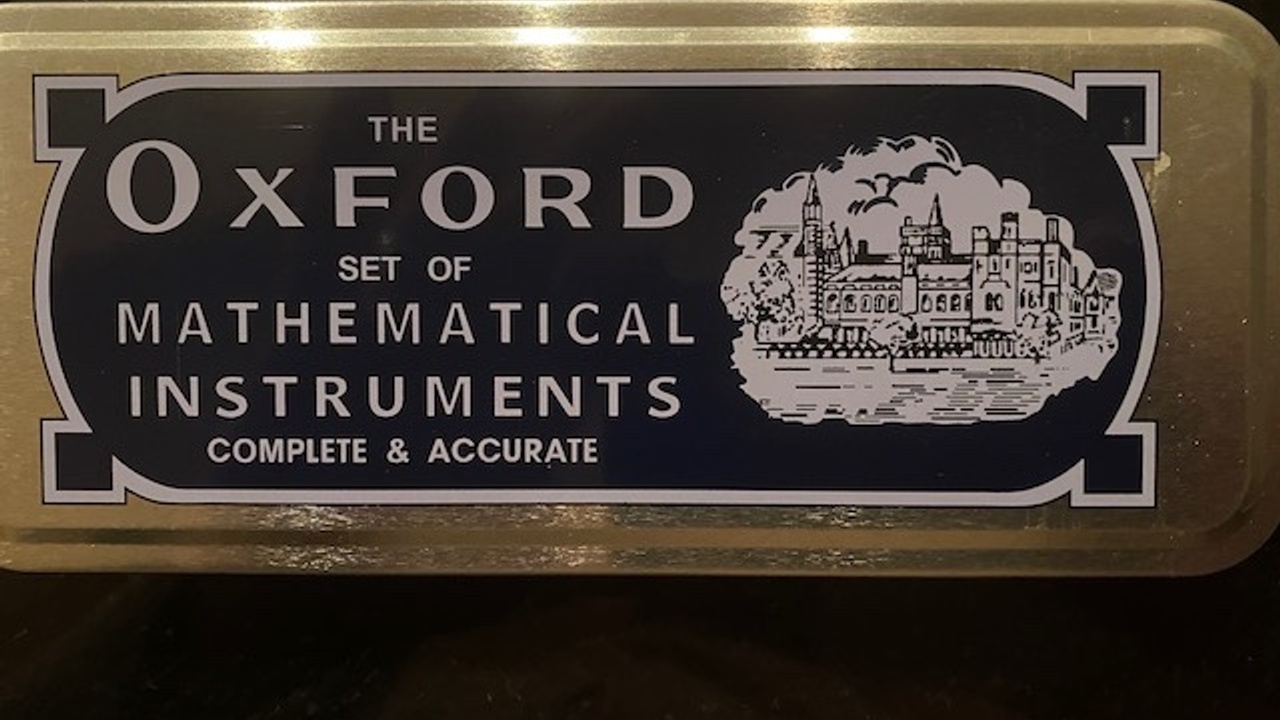What is our relationship with quality?
Oct 12, 2022
What is Quality and what is your relationship with Brands?
To paraphrase Henry Royce; people remember the quality long after they have forgotten the price.
But what is quality? Is it something that can be objectively measured? A Rolex watch for example can be relied on to tell the time with accuracy, dive with sharks to 100m and fly above the stratosphere. This is also true of watches costing less than 5% of the price. Much of the quality of a product and service is about our perception. This means that it can be heavily influenced by advertising and what we think others will think of us. If we have already bought the product our perception of the quality may be strongly influenced by confirmation bias; we bought it therefore it must be good as we are clever, rational decision makers.
Going back to the Rolex analogy, of course it is great quality because it is hand made by an old bearded Swiss craftsman in his small attic workshop. It is worth every penny that I paid for it because people can see that I am successful and look something like James Bond. The fact that Rolex produce 2 million watches a year, have four large factories and 30,000 employees is not advertised as this is not congruent with the image. Nor does the fact that I could buy a Tudor watch, a very similar sister brand made in the same factory for much less money.
So is quality calibrated by what we think others will think of us?
When I was at secondary school there were two types of children; those whose parents loved them enough to buy them an Oxford Geometry set and those who saved a few pence by buying them a Winfield Geometry set from Woolworths. The difference was clear; one came in a solid metal tin emblazoned with the dreaming spires of Oxford University; the other came in a plastic box with the branding hidden. Imagine the shame, every day, of those children about to start their lessons in that vital life skill of geometry, pulling out a plastic box drenched in shame and disappointment. How many Nobel prize winners had a Winfield Geometry set?
Taking a trip down memory lane a few weeks ago, I walked past a stationery shop and saw a display of Oxford Geometry sets. I walked in and bought one. It resonated with old fashioned quality and values (as well as what on earth was the point of geometry?). When I opened it, I was appalled that the dependable, solid tin was filled with cheap plastic tat. Everything was smaller, thinner and of poorer quality. It had been manufactured down to a low cost rather than up to the quality matching the brand legacy. How easy it is to destroy the integrity of a brand with a few pence.
In the face of rising costs and global uncertainty what are we doing with our prices and quality? Are we cutting corners to deliver less for the same price or are we holding firm and delivering the same or even better quality for a fair price?

